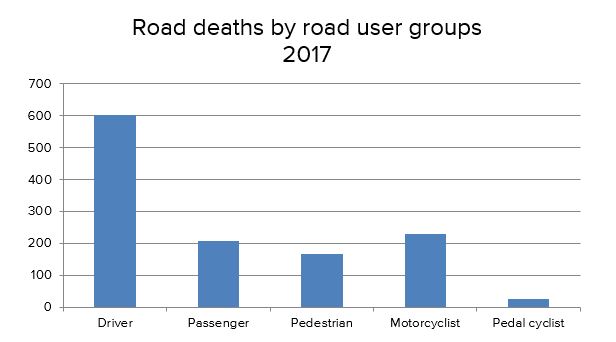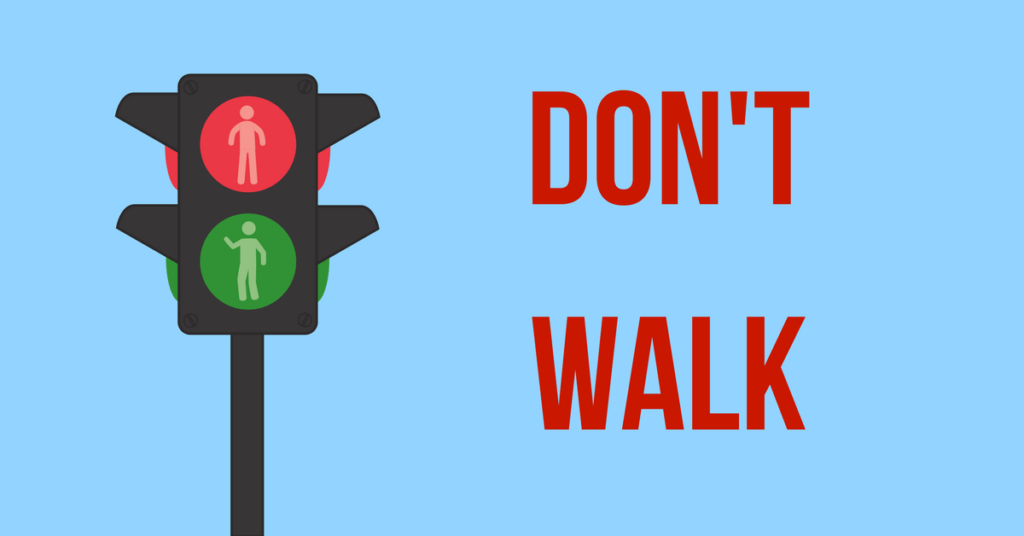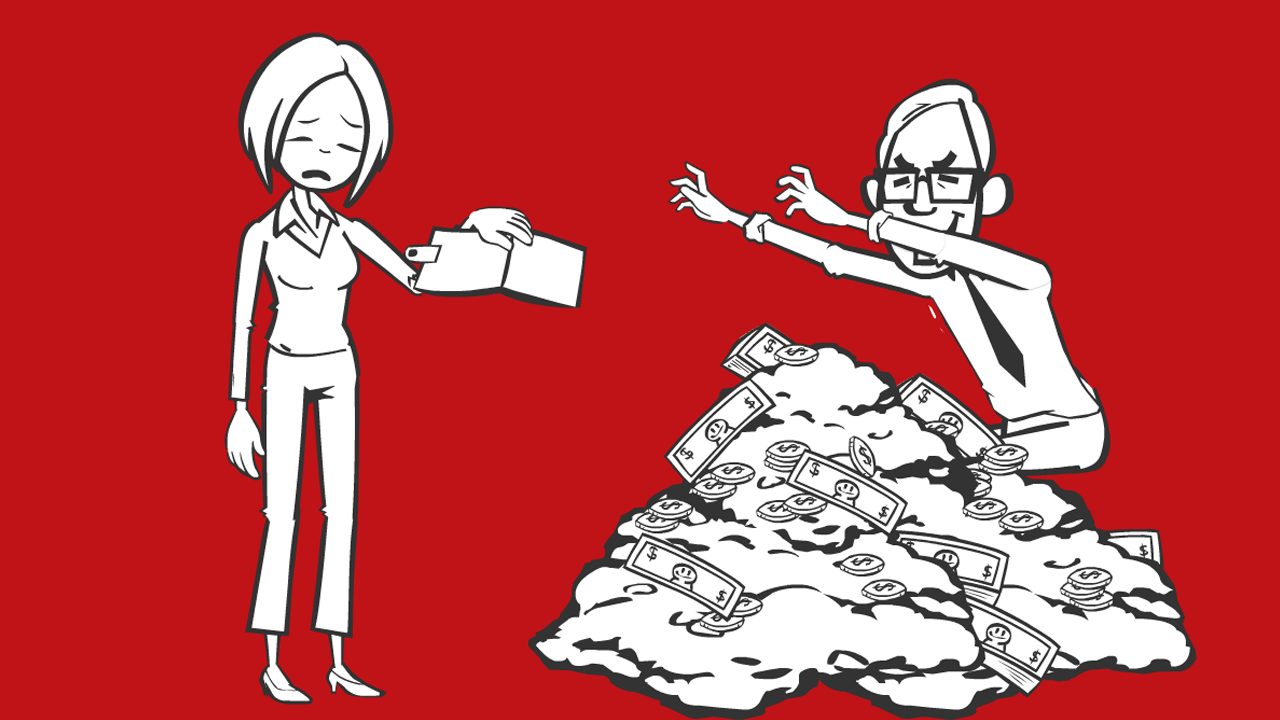The Facts
On 6 October 2008, a taxi driver was driving down Market Street, Sydney. As he approached the intersection with George Street, he had a green light. At the same time, two young men ran across Market Street ignoring the red pedestrian light. They passed in front of the taxi, narrowly avoiding being hit.
The taxi driver did not slow down. As the taxi driver crossed George Street, a third young man, Scott Shivas, ran onto Market Street into the path of the oncoming taxi. Scott Shivas was hit by the taxi and sadly died from his injuries.
Scott’s mother brought a claim against the taxi driver for nervous shock. Nervous shock is a legal term used to describe the psychological harm or illness (such as depression or anxiety) developed after an accident.
Pedestrians being killed by cars is also not uncommon in Australia. The graph below shows the latest Australian road fatality figures for 2017. It shows that in 2017, 167 deaths were pedestrians. ‘Nervous shock’ claims are not uncommon in pedestrian accidents and it is often raised by aggrieved family members, such is the case in this example.

The Judgment
The Judge found that the driver of the taxi was to blame for driving too fast.
Even though the taxi driver caused Scott’s death, the Judge reduced the damages amount by 40% for contributory negligence.
This means the Judge was of the view that Scott contributed to his death by failing to take responsibility for his own safety. Scott crossed the road against a red pedestrian light in front of oncoming traffic.
The taxi company appealed the Judge’s decision. The issues to be decided were:
- Whether the driver of the taxi was to blame for not reducing his speed
- Whether the trial judge’s assessment of contributory negligence by Scott was not enough
The taxi company argued that even if the taxi had been travelling at a slower speed, the outcome would have been the same and the collision would still have occurred. They argued that the taxi driver wasn’t negligent.
The Court of Appeal agreed with the Judge’s decision that the taxi driver breached his duty of care to pedestrians in the area by not slowing down.
With respect to contributory negligence, the Court of Appeal agreed that the Judge’s assessment of 40% was not enough.
They said the best way to decide contributory negligence was how much a person fails to take care of their own safety.
The Court of Appeal considered older cases which said the driver of a motor vehicle should be more to blame than a pedestrian. This is because of the possibility of greater harm to others if the driver of a motor vehicle doesn’t take care.
However, the current statutory scheme expects that people are to take responsibility for their own lives and their own safety.
The Court of Appeal said Scott crossed the road against a red pedestrian light and in the face of oncoming traffic. It was decided that Scott’s actions were careless and he made a serious mistake in not being responsible for his own safety.
It was decided that Scott should bear a higher amount of blame for the accident and contributory negligence was increased to 75%. The assessment of damages was $797,564.00 however, Scott’s mother will receive a judgment for only 25% of that figure which is about $200,000.00.
MCW Legal's Opinion
This decision shows that the Courts will apply a reduction for contributory negligence in instances where people fail to take responsibility for their own lives and safety.
Further, this decision gives equal responsibility to both drivers and pedestrians that both must be aware of the risk of an accident occurring and act for the safety of each other.
A well-presented contributory negligence argument can lead to a significant reduction in an assessment of damages. Despite the reduction for contributory negligence, this case shows that a pedestrian may still be awarded damages in a situation where they have acted recklessly and have failed to take care for their own life and their own safety.
The Consequences
This decision is both positive and negative for pedestrians. As stated above, a pedestrian may still receive damages in a situation where they have acted recklessly and have failed to take care of their own lives and their own safety. However, when assessing contributory negligence in similar cases, the Court says that all road users, including pedestrians, are to take responsibility for their actions. It will not be the case that the driver at fault will be more to blame than a pedestrian who acts recklessly.
Written by Chandelle Whitney | Associate


